How we rely on distributed systems
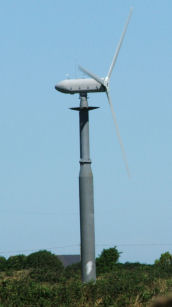 I recently heard (on the Radio) a well-known journalist and historian berating a politician, who had advocated renewable energy, with the comment “a wind turbine is not going to keep your laptop working”. This apparent misunderstanding of how electricity works and how it is made available for us to use is not unusual in my experience and lies at the heart of why so made influential people do not grasp the kind of sustainable system that we need not only to keep ‘the lights (and laptops) on’ but also for the sake of our health as a species.
I recently heard (on the Radio) a well-known journalist and historian berating a politician, who had advocated renewable energy, with the comment “a wind turbine is not going to keep your laptop working”. This apparent misunderstanding of how electricity works and how it is made available for us to use is not unusual in my experience and lies at the heart of why so made influential people do not grasp the kind of sustainable system that we need not only to keep ‘the lights (and laptops) on’ but also for the sake of our health as a species.
![Fiddlers-Ferry-1200-360[1]](/wp-content/uploads/2015/11/Fiddlers-Ferry-1200-3601-744x223.jpeg) During my time working for the Department of Energy (which started thirty years ago this autumn) I had the valuable opportunity to visit working power stations (such as Fiddlers Ferry, pictured above) and other parts of the generation and distribution system and also research establishments in both the public and private sectors that were experimenting on
During my time working for the Department of Energy (which started thirty years ago this autumn) I had the valuable opportunity to visit working power stations (such as Fiddlers Ferry, pictured above) and other parts of the generation and distribution system and also research establishments in both the public and private sectors that were experimenting on 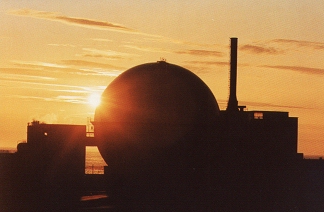 new and improved means of power and heat generation, including sites involved in nuclear research, such as Sellafield (part of which is pictured, left). I already knew, theoretically, that electricity was a stream of electrons and is always generated for instant use (you cannot store electricity) but this experience gave me the chance to hear from experts how the process of bringing power to homes, businesses and individuals was achieved at the time and provided me with the basis for understanding the changes that have taken place since.
new and improved means of power and heat generation, including sites involved in nuclear research, such as Sellafield (part of which is pictured, left). I already knew, theoretically, that electricity was a stream of electrons and is always generated for instant use (you cannot store electricity) but this experience gave me the chance to hear from experts how the process of bringing power to homes, businesses and individuals was achieved at the time and provided me with the basis for understanding the changes that have taken place since.
What most of us use and perhaps take for granted is the remarkable concept of a ‘National Grid’. As well as the grid that supplies electricity, there are also grids for gas and telephony, which includes access to the internet.
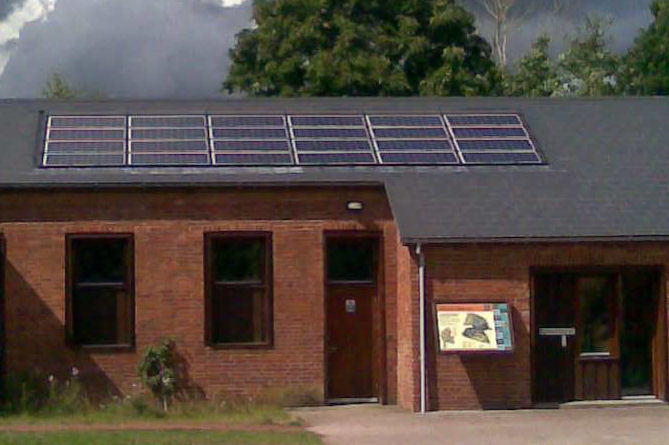 Electricity generated by a variety of means is fed into the Grid and has been throughout its development during the twentieth and now into the twenty first century. Currently, a relatively small but growing amount of the electricity we use is photovoltaic (produced by converting energy from the Sun – see, left, picture of solar panels in use at Staffordshire Wildlife Trust’s HQ, Wolesley Bridge) and chemical generation using Fuel Cells (see picture to the right) could
Electricity generated by a variety of means is fed into the Grid and has been throughout its development during the twentieth and now into the twenty first century. Currently, a relatively small but growing amount of the electricity we use is photovoltaic (produced by converting energy from the Sun – see, left, picture of solar panels in use at Staffordshire Wildlife Trust’s HQ, Wolesley Bridge) and chemical generation using Fuel Cells (see picture to the right) could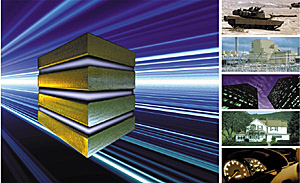 prove to be a more efficient and less polluting means to use fossil fuels in a wide variety of applications in the near future. However, the majority of the electricity fed into the Grid is derived from magnets spun by turbines, a technique that has been used for over two hundred years. These turbines can be powered by moving liquid (most commonly water) or gas (including steam and hot or ambient air – e.g. wind). For most of the life of the National Grid, fossil fuels have proved a very reliable means of heating liquids or gasses and creating a thermal difference that can be used to spin a turbine but turbines driven by water pressure (such as those linked to Dams) have also been supplying renewable energy to the system alongside thermal power stations.
prove to be a more efficient and less polluting means to use fossil fuels in a wide variety of applications in the near future. However, the majority of the electricity fed into the Grid is derived from magnets spun by turbines, a technique that has been used for over two hundred years. These turbines can be powered by moving liquid (most commonly water) or gas (including steam and hot or ambient air – e.g. wind). For most of the life of the National Grid, fossil fuels have proved a very reliable means of heating liquids or gasses and creating a thermal difference that can be used to spin a turbine but turbines driven by water pressure (such as those linked to Dams) have also been supplying renewable energy to the system alongside thermal power stations.
Unfortunately for our species, the process of extracting fossil fuels from the Earth’s crust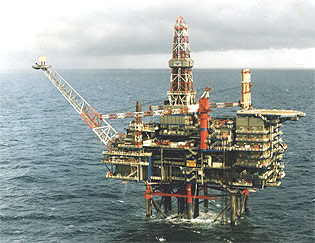 (for example North Sea Oil – picture courtesy of Hamish Campbell) and then converting it into electricity causes energy to be transferred to the atmosphere and that affects our climate. We then experience the result of this process through increasingly more extreme weather and other pollution that can also damage our health and economic production. As far as the health of our human economy is concerned, we have already passed the point of receiving ’diminishing returns’ from fossil fuels.
(for example North Sea Oil – picture courtesy of Hamish Campbell) and then converting it into electricity causes energy to be transferred to the atmosphere and that affects our climate. We then experience the result of this process through increasingly more extreme weather and other pollution that can also damage our health and economic production. As far as the health of our human economy is concerned, we have already passed the point of receiving ’diminishing returns’ from fossil fuels.
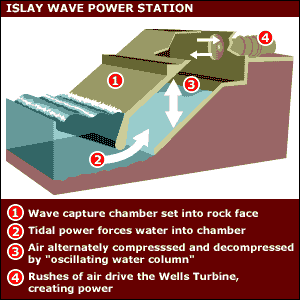 The positive side to this unintended consequence of our past actions is that the energy we have transferred to the atmosphere is available to be reused and thus recycled as new economic activity. Turbines can still be used as a tool to make this happen, for example by extracting power from the environmental energy contained in the sea (e.g. wave and tidal power – see diagram, left, of test facility on the island of Islay – courtesy of BBC), rivers or wind.
The positive side to this unintended consequence of our past actions is that the energy we have transferred to the atmosphere is available to be reused and thus recycled as new economic activity. Turbines can still be used as a tool to make this happen, for example by extracting power from the environmental energy contained in the sea (e.g. wave and tidal power – see diagram, left, of test facility on the island of Islay – courtesy of BBC), rivers or wind.
To return to the comment mentioned in the first paragraph above that provoked this page, one wind turbine, or for that matter, one wind farm cannot provide all the power needed by the National Grid because maintaining security of supply is best achieved by having a variety of different generation methods as well as sources located across the geographical extent of the grid. At present and in the foreseeable future, individual sources of supply will always need to be taken off line at some point in their lifetime (even the most reliable of plant used to supply the base load, such as Sizewell, pictured right,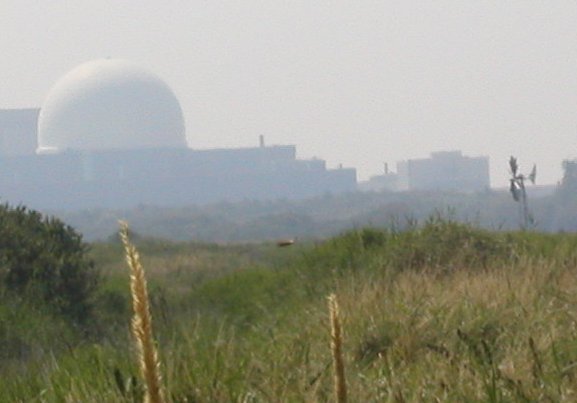 needs to be maintained) and additional sources are brought into operation at times of peak demand. During the lifetime of the National Grid the mixture of plant used for both purposes has changed and improved technology added. It is technically possible that all the electricity provided to the Grid could come from a combination of renewable and less polluting sources at some point in the future. This is an advisable goal for present and future Governments to aim for and therefore for current politicians to advocate. I hope more will do so and learn to explain their reasoning to those who are ignorant of the technical facts.
needs to be maintained) and additional sources are brought into operation at times of peak demand. During the lifetime of the National Grid the mixture of plant used for both purposes has changed and improved technology added. It is technically possible that all the electricity provided to the Grid could come from a combination of renewable and less polluting sources at some point in the future. This is an advisable goal for present and future Governments to aim for and therefore for current politicians to advocate. I hope more will do so and learn to explain their reasoning to those who are ignorant of the technical facts.
Paul Newman
November 2015
